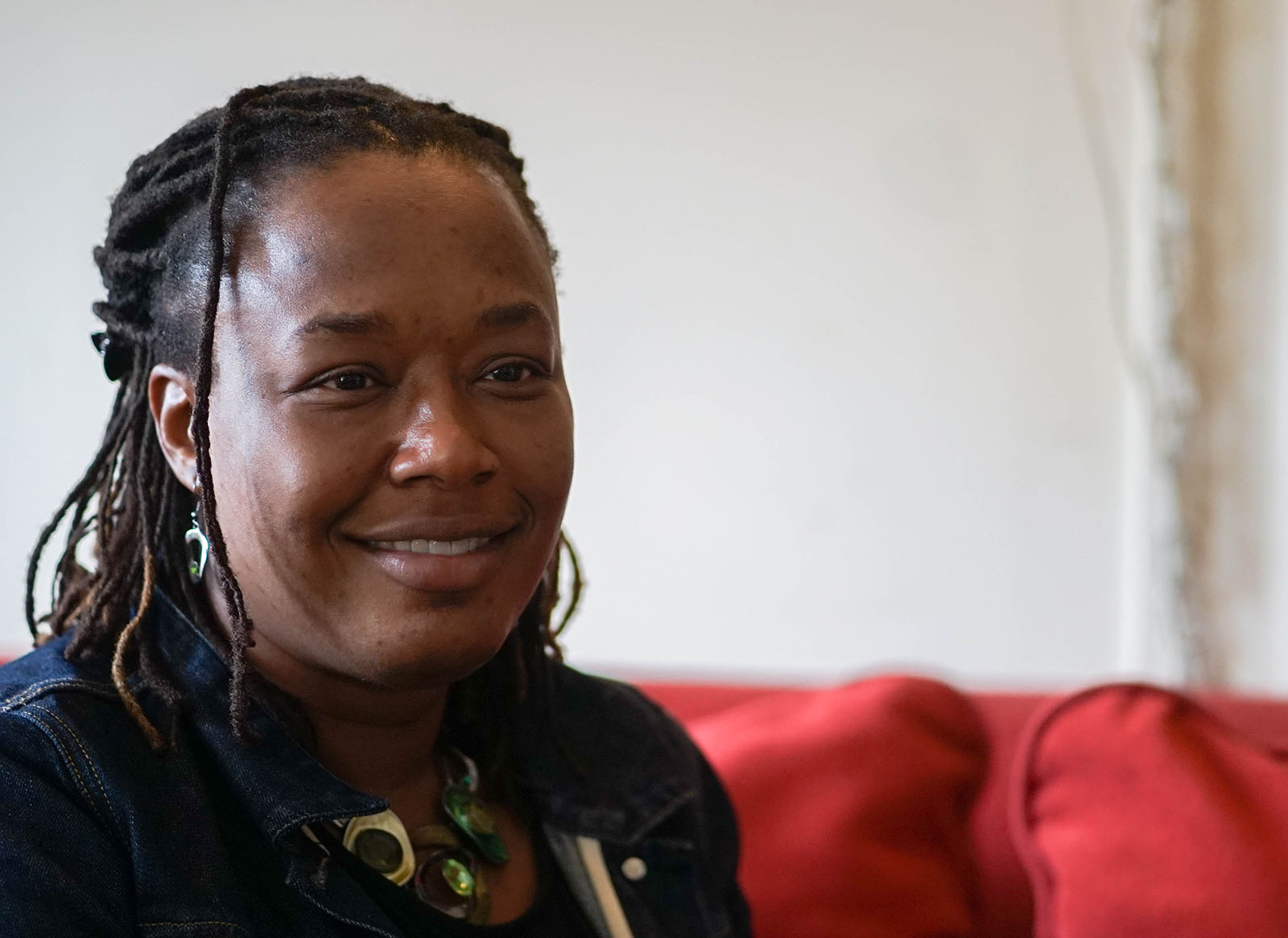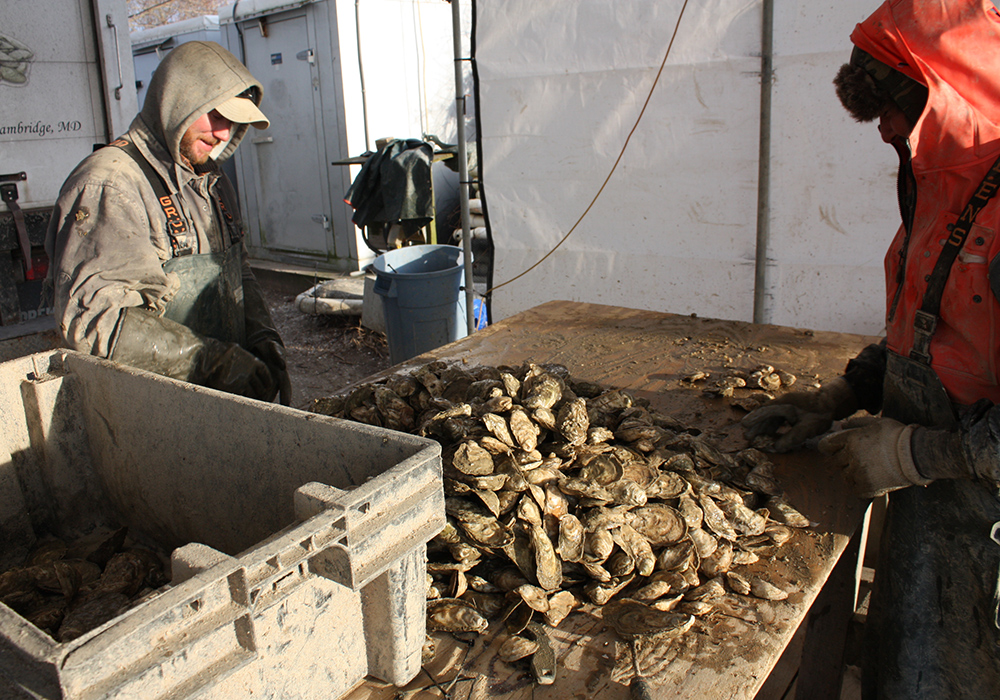This is the fourth in a series, “Bitter Cold: Climate Change, Public Health and Baltimore,” produced as part of a year-long effort by Capital News Service to examine the effects of climate change on public health in Baltimore. The Capital News Service is a non-profit, student powered news organization operated by the University of Maryland Phillip Merrill College of Journalism.
By Ian Round and Leah Brennan
CAPITAL NEWS SERVICE
Even when Maraizu Onyenaka sits in her living room with her space heater on, she knows cold air is creeping down the hall, wafting from her kitchen.
“You can feel it,” she said. “If I’m warming this part of the room, I’ll feel a draft coming around the back of my neck.”
It’s the uninsulated kitchen that’s proved to be the biggest problem with keeping her home comfortable since she bought the rowhouse in 2006. Onyenaka, who works as a senior client services manager for IBM, has had four surgeries in five years. And although the cold didn’t worsen her symptoms, it did not help her fatigue, she said. “The cold makes me even more tired.”
“People are on the phone, they’re like ‘Oh, you sound so less upbeat than you usually are,’ and I’m like, ‘Yeah, I’m exhausted,’” Onyenaka said.
Indeed, temperatures in her poorly insulated kitchen varied more than 20 degrees this winter, according to sensors installed in her home by Capital News Service reporters. At 7:34 a.m. on March 9, when the weather station at Baltimore’s Inner Harbor registered 37 degrees, the sensor in her kitchen recorded 58.6 degrees — despite her efforts to keep the house warm.
Onyenaka, 41, first came to Baltimore to study history at Johns Hopkins University, from which she graduated with her bachelor’s degree in 2000. The Camden, New Jersey, native saw the “opportunity” in the city, and felt it was a place she could settle into.
“Baltimore is a bigger city [than Camden],” she said. “It has plenty of parts that are not in crisis. And even though this neighborhood is not one of the highest neighborhoods — it’s no Roland Park — it’s not in full crisis. People can live here pretty safely, pretty stably, and there’s a lot of opportunity for recreation and a life.”
After house-hunting for 16 months, she settled on her three-floor rowhouse in the Coldstream-Homestead-Montebello community on 30th Street — a street lined with porch-fronted brown-brick rowhouses — in May 2006. Her first time as a homeowner, Onyenaka planned to live on the first floor and rent out the upstairs space.
When she moved in, she recalled it was particularly hot. But as the seasons changed, she found how cold her house could be.
The 1950s-era addition that holds her kitchen lacks insulation and gets far colder than the rest of her home, she said. That has contributed to her monthly energy bills jumping to more than $200.
Energy audit offers solutions, rebate
Over the years, she’s attempted to keep the cold out. “This house is too drafty,” she remembers thinking. “I’ve got to stop paying to heat outside.”
She’s added lined curtains, caulking, spray foam insulation and shades to hold warmth in the old house — but it hasn’t been enough. She hung the lined curtains across the hallway to close off the kitchen from her living room — and though it helped the area get warmer, it also wrought more problems.
“The kitchen would be so cold though, that I was always in fear that I would freeze the pipes,” Onyenaka said. “And sometimes I did. So, I stopped doing that.”
She would roll her space heater first into the bathroom to heat the room until the pipes thawed. When it came time to unfreeze the kitchen, she used the curtain to her advantage — sealing off the area so her space heater could warm it up.
A BGE energy audit recommended nearly $1,700 worth of renovations to batten down the hatches of her 1920 home. If she completed all of them within a year of the audit, which was on January 10, she’d receive a $691 rebate.
But she’s done some research and fears that some of the recommended fixes could create new problems in her old house and not be cost-effective.
She is researching the value of doing all the suggested work, she said. Now, she’s going to focus on the improvements she believes will make the biggest difference, such as insulating the kitchen. She plans to “blow it all out, down to the studs” to hold in heat and renovate it to her tastes.
When it comes to those changes, she said, “I don’t care what it costs — it’s happening.”







Recent Comments